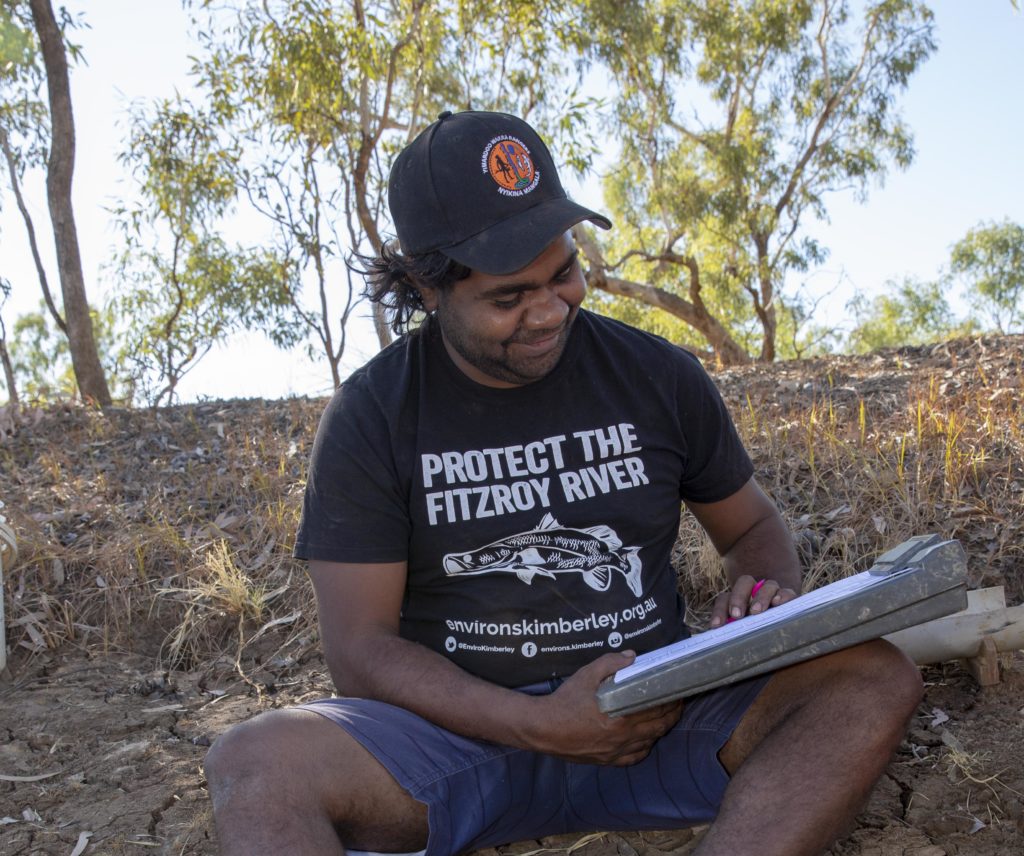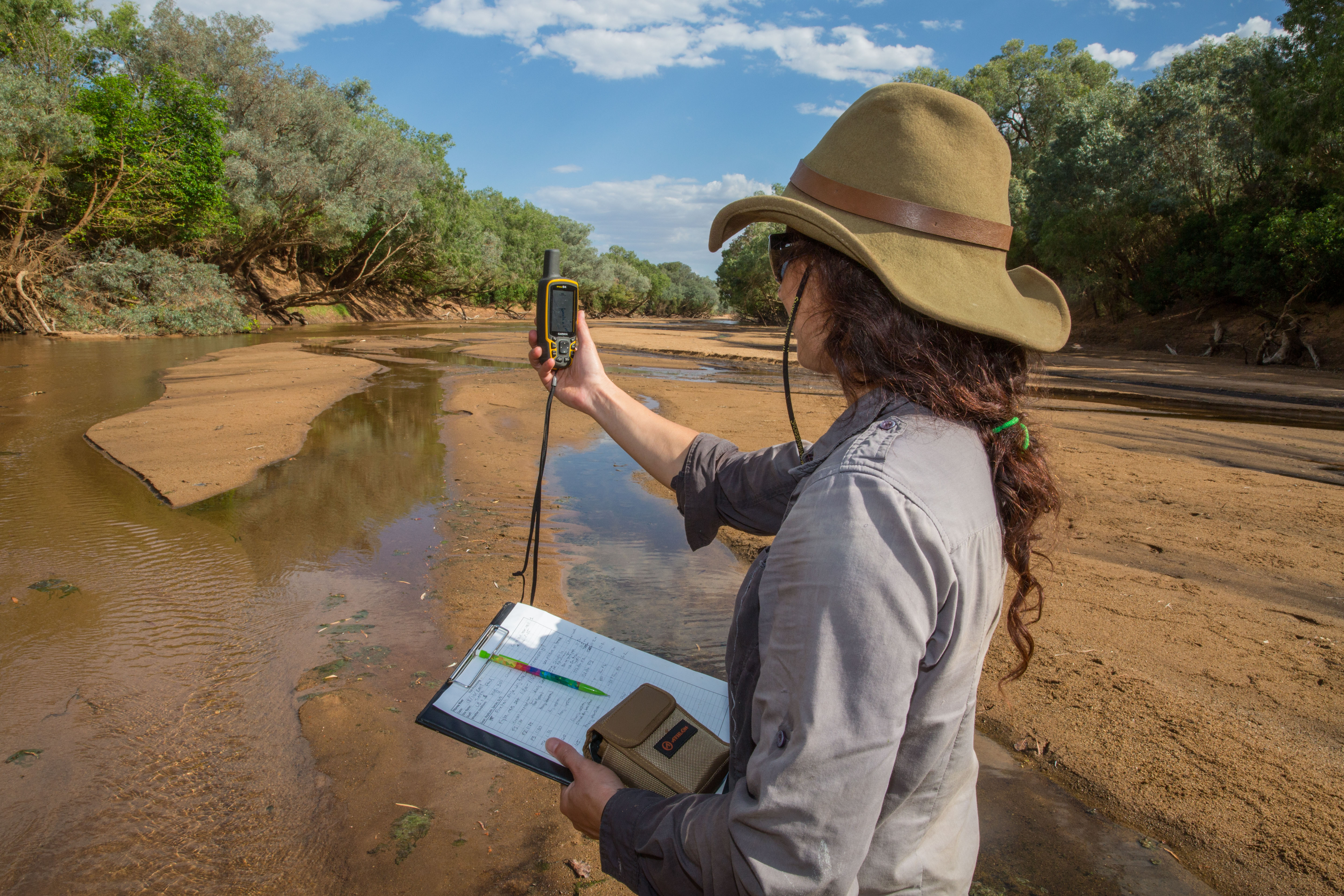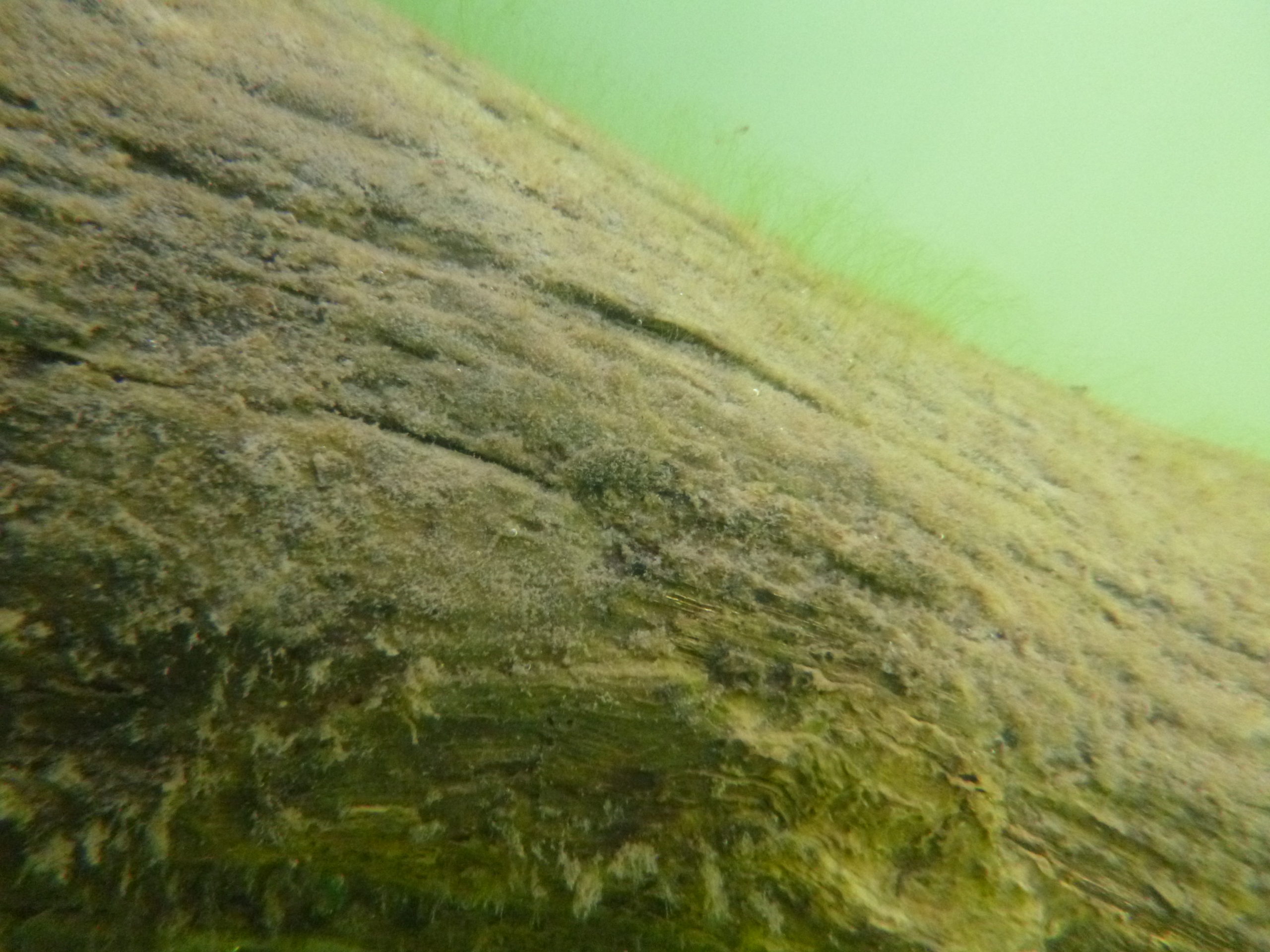17 September 2020

Jeremiah Green, a Yimardoo-Warra Ranger. Photo Michael Douglas.
Each year, monsoonal rains reconnect the channels, wetlands, floodplains and estuaries of the Fitzroy River in the west Kimberley, reinvigorating the flows of energy between the river’s ecosystems.
As demands to develop irrigated agriculture in the region increase, understanding how water abstraction may inhibit energy flows and ecosystem health is essential to ensure that the ecological and cultural values of the Fitzroy River are not diminished.
Hub research, led by Dr Leah Beesley of The University of Western Australia, used stable isotopes to trace the flow of energy, in the form of carbon, through the Fitzroy’s food webs.
The study found that during the wet season, algal biofilms were the main source of carbon for fish on the floodplains, but that fish in the river channel during the dry season increasingly relied upon carbon from leaf litter fallen from riparian vegetation, or from phytoplankton.

Dr Leah Beesley led this research on the Fitzroy River. Photo Michael Douglas.
The research shows the importance of ensuring minimal interference with the groundwater upwelling and flows that support algal biofilms and riparian vegetation through the dry season. The study is part of a larger project to understand the environmental water needs of the Fitzroy River, led by Professor Michael Douglas of UWA.

Algal biofilm growing on a log. Photo Leah Beesley.
Want to know more about the Resilient Landscapes Hub's activities and our research into practical solutions to environmental problems? Stay informed about activities, research, publications, events and more through the Hub newsletter.
"*" indicates required fields